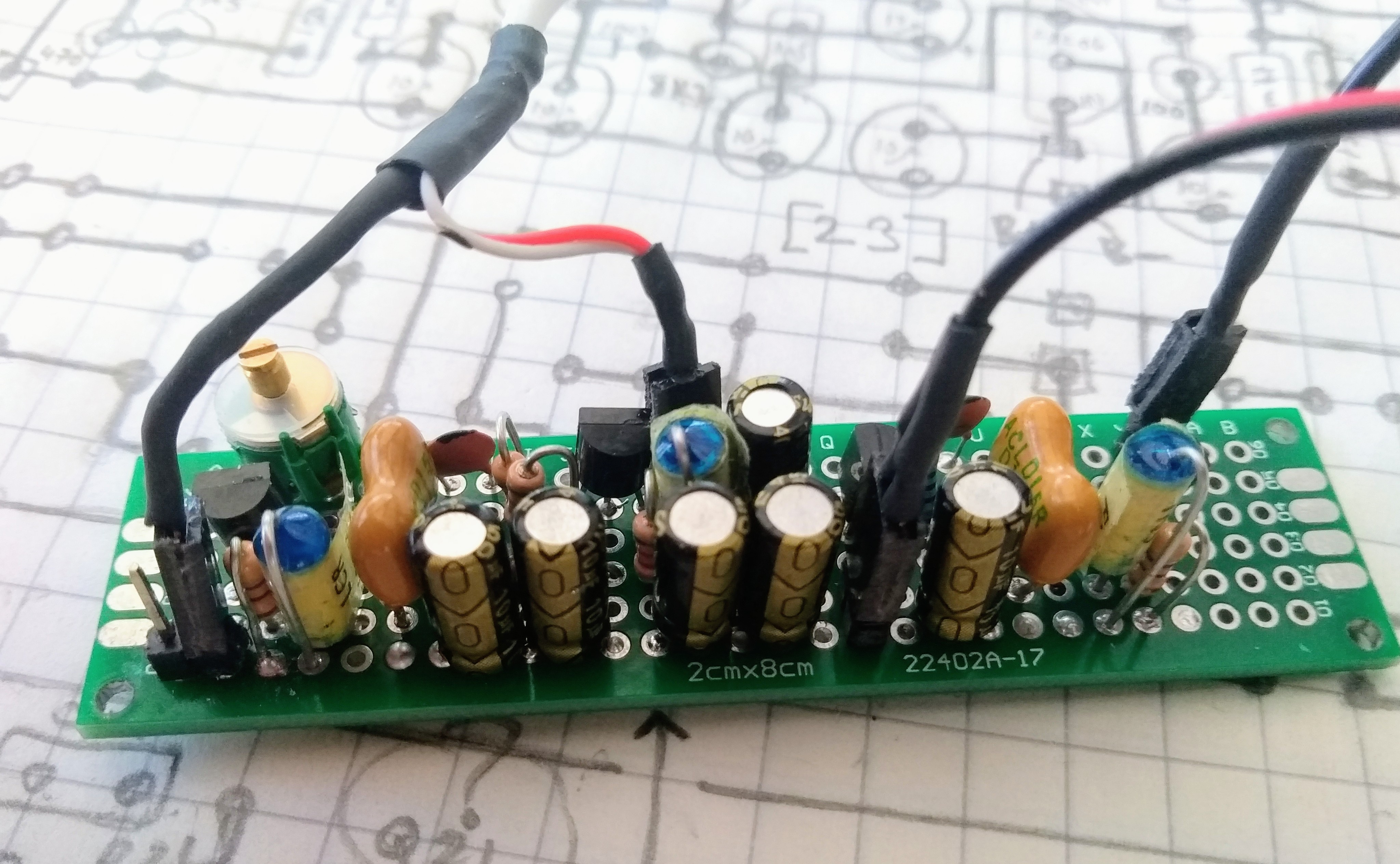I am not very active but dislike lonely threads.
I appreciate your intervention, thank you ![]()
Home PCB making is a good thing to learn. I would never recommend construction of a high frequency analog project like this on one of those white proto boards due to unwanted capacitance coupling between components.
I understand that. I know that building a theremin is better done on a PCB than on a breadboard. In fact, since I have very little experience in soldering but I have used breadboards a lot in the past, I was thinking about trying to make this circuit on a breadboard first, before go further to solder it. Besides, in this thread and on the internet there is a lot of evidence that on a breadboard it can work as well.
In theremin design an ugly sound vs a beautiful sound are only separated by a thin margin of knowledge.
Now that is exactly my point. What I got is not even close to ugly sound, nor is the noise I'm getting in any way affected by my hand. The circuit as it is now on my desk is very far from being a theremin. Since Thierry's idea, undoubtedly, does work, I must assume something in my implementation has gone wrong.
But is that really the use of a breadboard? Wouldn't that only affect the quality of the sound, instead of the working of the whole circuit? Also, if it's the breadboard, by disassembling the circuit and putting it together again in different rails I should hear some difference, or, if I'm very lucky it should even get better. This behaviour, though, I'm absolutely not seeing.



